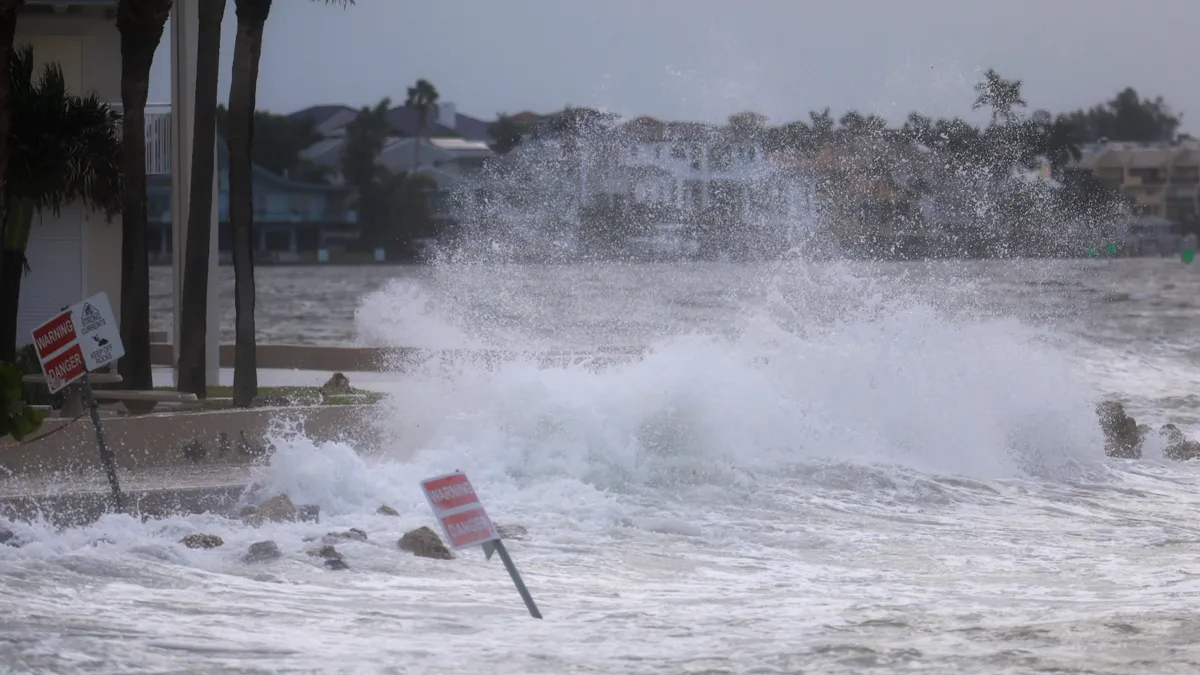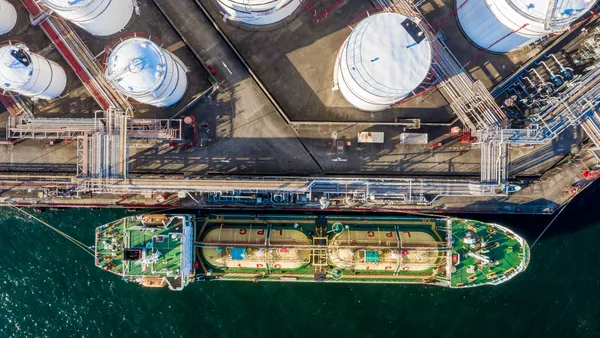Demand remained elusive in the manufacturing industry for another month, as customers hold off on new orders in the weeks before the presidential election.
The Institute for Supply Management’s September Purchasing Managers' Index was flat month-over-month at 47.2%, driven largely by a lack of new orders and a rise in layoffs.
A reading below 50.0% on a PMI index signals economic contraction.
Manufacturers are continuing to rightsize production to mitigate the impact of lower demand, with the new orders index still in contraction at 46.1%. The efforts are leading to some operational gains, with ISM's production index up five percentage points compared to August, reaching 49.8%.
Layoffs, however, are mounting as a result — the employment index fell 2.1 percentage points from the prior month, dipping to 43.9%.
“This is a fairly strong move, but the fact that we have revenue remaining stable month to month, I think, is very positive,” Timothy Fiore, chair of the ISM’s Manufacturing Business Survey Committee, said during a media call Tuesday. “To me, this is a cleanup activity. It's a time lag issue, meaning that companies decided to release people several months ago, and they're continuing to do it, and they're aligning better with their forecast going forward.”
S&P Global's September PMI offered a similar outlook on the industry, with a reading of 47.3, down from 47.9. Like ISM, S&P Global cited a "sharply worsening demand environment" ahead of the presidential election as the primary driver of the industry's economic decline.
The weak performances come despite an increase in long-term optimism among manufacturers after the Federal Reserve's interest rate cut last month. While the cut is expected to lower borrowing costs, the full impact likely won’t be felt until next year.
"The prospect of lower interest rates has meanwhile raised confidence in the longerterm outlook, with firms anticipating that demand will be rekindled by lower borrowing costs if the political environment improves," Chris Williamson, chief business economist at S&P Global Market Intelligence, said in a statement.
The coming weeks are likely to remain challenging for manufacturers, with next month's presidential election weighing heavily on the industry. Many companies remain reluctant to place their own orders or raise capital expenses until after the next administration is decided, given former President Donald Trump and Vice President Kamala Harris differing strategies to grow U.S. manufacturing.
At the same time, the fallout from Hurricane Helene on factory operations in the Southeast continues, with noted impacts on plastics, steel and medical device manufacturing. Companies are now also dealing with the impact of strikes at East Coast and Gulf Coast ports, delaying both supply deliveries and shipments to customers.
Fiore noted that the biggest risks from the port strike are the impact to production and a slowdown in supplier deliveries. While the economist said he's optimistic the strike can be resolved in a week or two, if there is no sign of a deal in three or four weeks, manufacturers may be pushed to lay off or furlough workers.
"People are going to start furloughing if they can't see an end in sight," Fiore said.
















